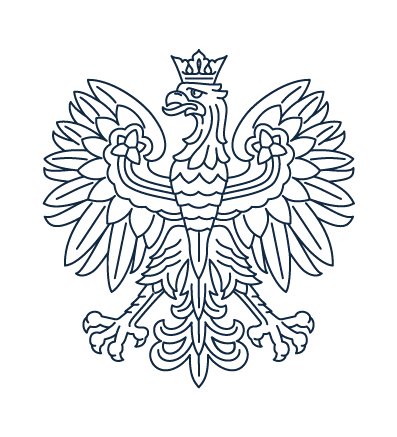DETAILED PROGRAMME REQUIREMENTS
Entrance examintations for candidates who declare the choice of the speciality brass band conducting (master’s degree):
Stage 1. Core subject examinations
1. an interview
The candidate should demonstrate the knowledge of conducting with a particular emphasis on problems concerning brass bands
2. conducting – a practical examination
• a classical or romantic piece for orchestra, orchestra with choir, or chamber ensemble (e.g. an overture or one of the movements of a symphony, divertimento, serenade, etc.) or an a cappella choral piece
• a contemporary piece (any ensemble of instruments) with variable metre and irregular rhythmic groupings
• a free-choice piece for brass band: march, fantasy, instrumental concerto, etc. (arrangements allowed).
3. reading scores – a quick study examination
The candidate will be given a piece for an ensemble of wind instruments to prepare within 30 minutes (during that time, the candidate will be able to use the provided room with a grand piano or upright piano), and then he/she will:
• play a fragment of the piece chosen by the examination board on the piano
• sing a fragment of a single instrumental part chosen by the examination board (vocal presentation including agogic, dynamic and articulation markings)
• sing a chord progression chosen by the examination board with the use of a tuning fork
4. playing a wind instrument of the candidate’s choice – a practical examination
two pieces from various periods performed from memory. The presentation will take place with the participation of an accompanist.
Stage 2. Supplemental examinations (it does not apply to the candidates who have completed a programme of study in the following fields: artistic education in the field of music, conducting, and composition and theory of music within the Polish system of music education)
• harmony – an oral practical examination
1. A proposal of the functional interpretation and harmonization of the provided soprano.
2. Performing harmonization of the provided melody line on the piano (in four-part or any other texture)
3. Performing the provided modulation on the piano (diatonic, chromatic or enharmonic – at the candidate’s option).
4. A harmonic analysis of a musical text fragment (classicism, romanticism – piano literature).
• ear training – an oral practical examination
An aural analysis of complex chord structures and harmonic patterns; voice performance of atonal melody and rhythmic exercises of considerable complexity.
• music literature – a written examination
Identification of an appropriate stylistic period or composer and a brief discussion of problems related to them – based on musical examples.






